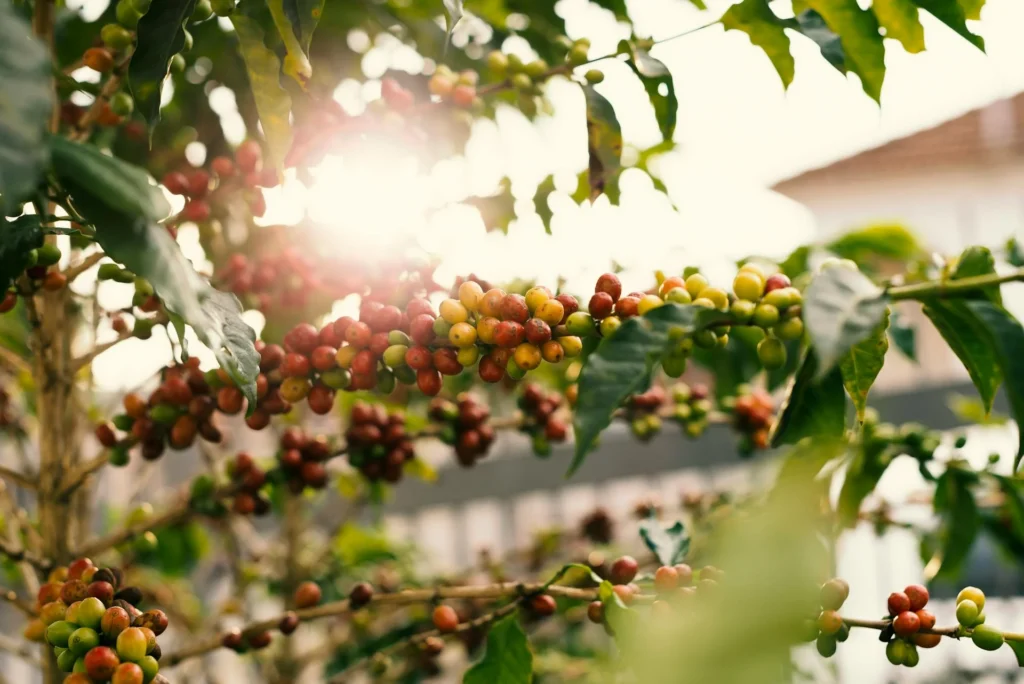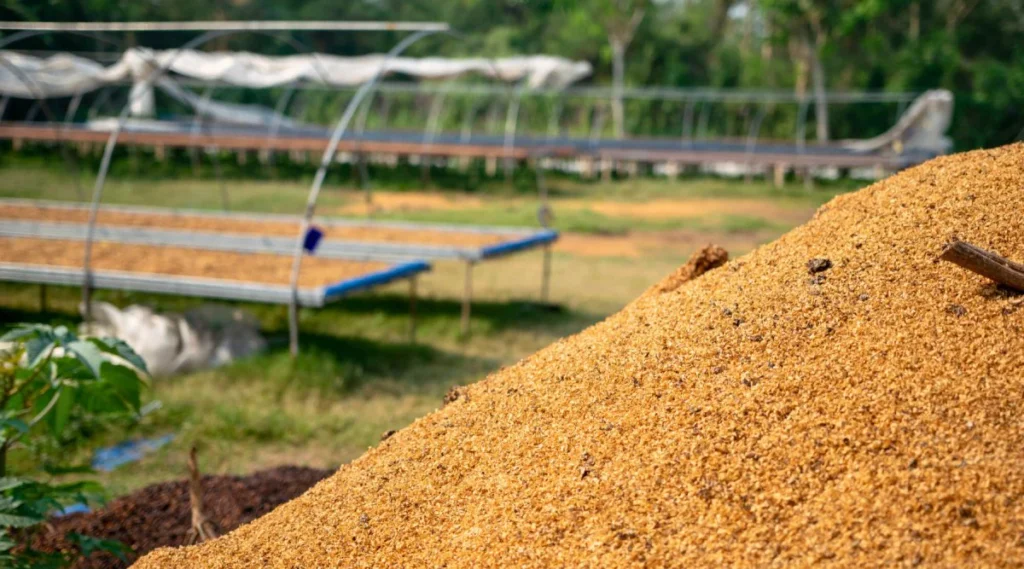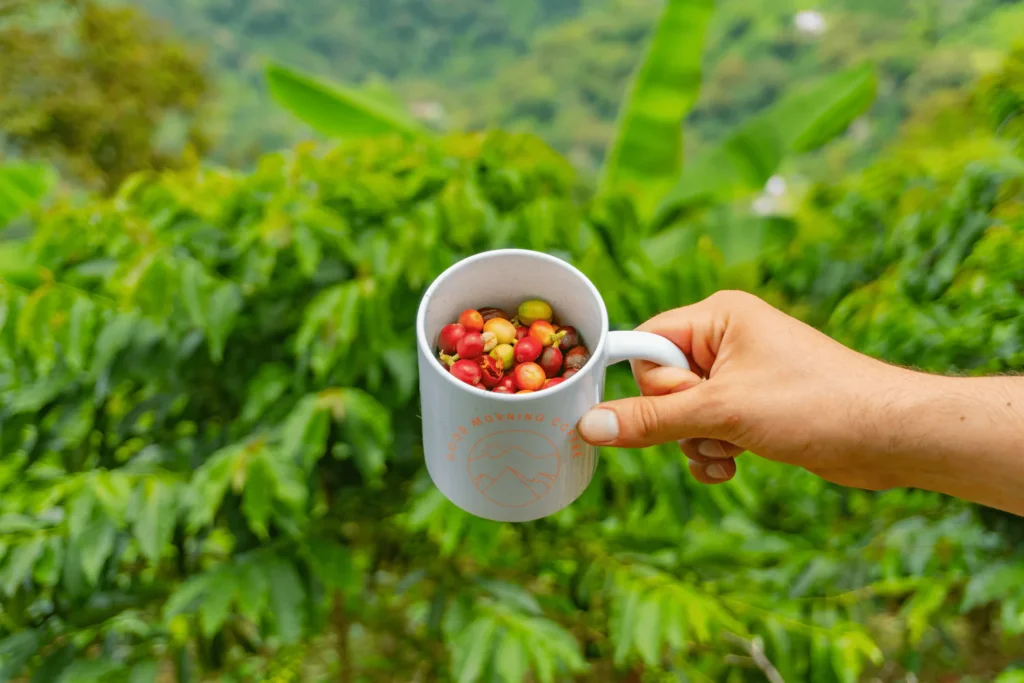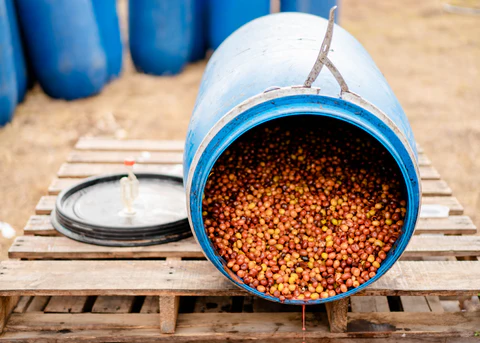Colombia is known for producing some of the best coffee in the world. If you’ve ever had a smooth, rich, and well-balanced cup of coffee, there’s a good chance it came from Colombia’s coffee-growing regions.
But what makes Colombian coffee so special? Is it the climate? The altitude? The skill of the coffee growers? Or maybe it’s a mix of everything.
For centuries, coffee production in Colombia has shaped the country’s economy, culture, and global reputation. Colombian coffee growers have perfected their craft, ensuring that each coffee bean delivers exceptional flavour.
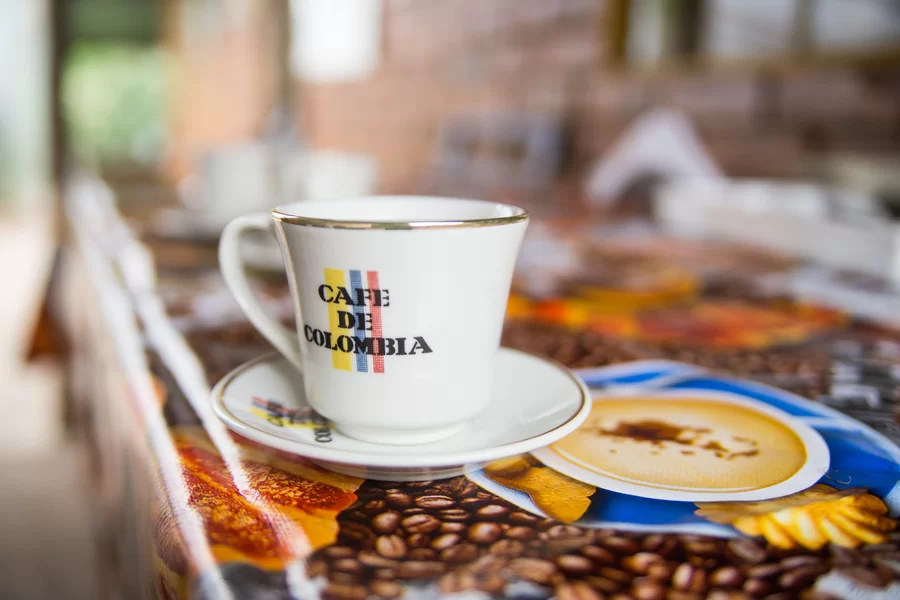
In this article, we’ll dive into the history of Colombian coffee, explore the coffee-growing axis, and see how coffee production in Colombia became one of the largest coffee producers in the world. We’ll also look at how the industry has evolved, overcoming challenges to maintain its status as a global coffee powerhouse.
So, if you’re a coffee drinker who loves a great cup, or just someone curious about the world’s coffee producers, get ready to discover what makes Colombia’s coffee truly legendary.
Colombia: The Perfect Place for Coffee Growing
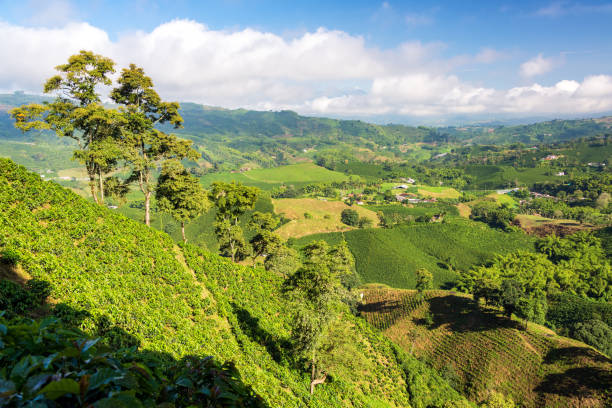
Colombia isn’t just good at producing coffee, it’s built for it. The country sits in the Coffee Belt, a region near the equator where coffee thrives thanks to ideal growing conditions.
One of the biggest factors in Colombia’s coffee success is altitude. Most coffee farms are located between 1,200 and 2,200 meters above sea level. At these heights, coffee beans develop more slowly, creating a richer and more complex flavour.
Then there’s the climate. Colombia enjoys consistent temperatures year-round, averaging between 17-23°C. Combine that with regular rainfall, and you have the perfect balance for growing high-quality Arabica coffee.
But the real secret? Volcanic soil. The land in Colombia’s coffee-growing regions is packed with minerals that help produce coffee beans with bright acidity, smooth sweetness, and a rich aroma. It’s no wonder Colombian coffee is considered some of the best in the world.
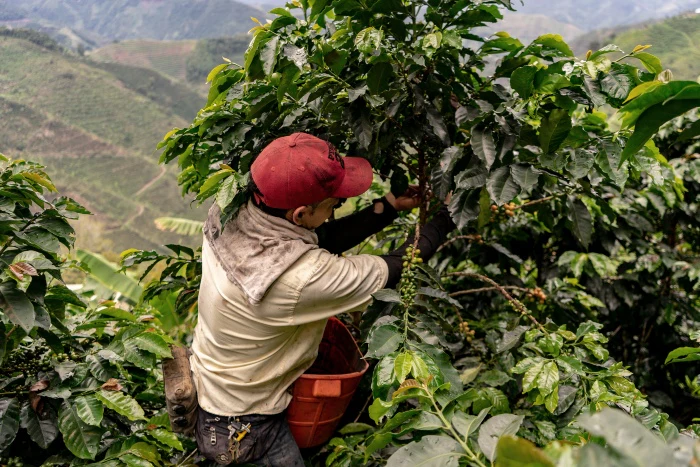
The Coffee Growing Axis (Eje Cafetero)
If there’s one place that defines coffee in Colombia, it’s the Coffee Triangle, also known as the Coffee Growing Axis. This region includes Quindío, Caldas, and Risaralda—three departments that are responsible for producing some of the most famous coffee in the world.
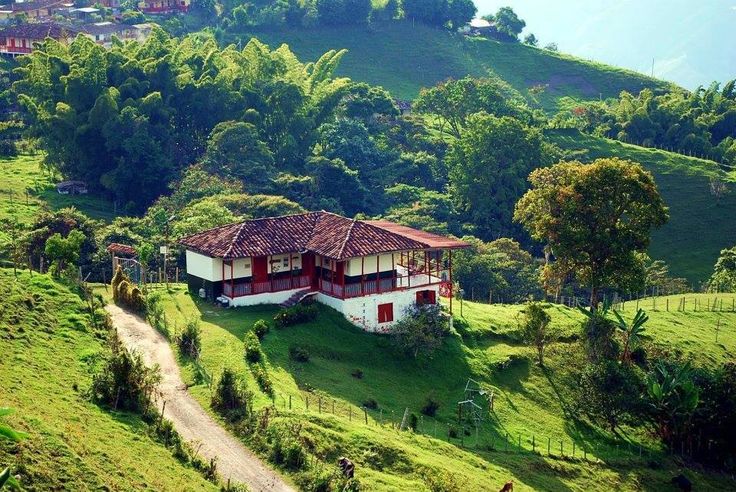
Aside from the Coffee Triangle, Colombia has other important coffee-growing regions, each with its own unique flavour profiles.
- Huila – Known for bright, citrusy notes and floral aromas.
- Nariño – Produces sweet, wine-like coffee with high acidity.
- Antioquia – Offers a more chocolatey, nutty flavour.
Each region brings something different to the table, but they all share the same commitment to growing quality coffee. That’s what makes Colombia one of the top coffee producers in the world.
The History of Coffee in Colombia
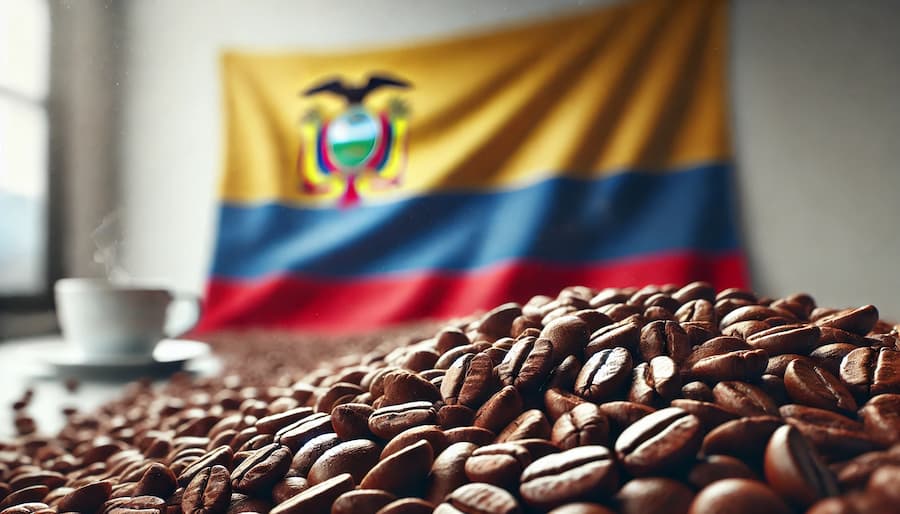
Coffee has been a part of Colombia for centuries, but it wasn’t always the massive industry it is today. The story of how coffee became one of Colombia’s biggest exports is a mix of luck, hard work, and smart strategy.
How Coffee First Arrived in Colombia
Coffee wasn’t always native to Colombia. It was introduced in the early 1700s, most likely by Jesuit priests who brought coffee plants from Venezuela. At first, it wasn’t a big deal. Farmers were hesitant to grow it because coffee plants take several years to produce a harvest.
According to legend, Colombian priests encouraged farmers to plant coffee as a form of religious penance. The more coffee plants they grew, the more sins they could absolve. Whether or not that’s true, coffee slowly started spreading across the country.
The Rise of Coffee as Colombia’s Biggest Export
By the 1800s, coffee had become a valuable crop, but it wasn’t until the early 1900s that it really took off. Colombian farmers realized they had something special—rich volcanic soil, perfect growing conditions, and a coffee bean that was smoother and more balanced than many others on the market.
In 1927, the National Federation of Coffee Growers was formed. This was a game-changer. The organization helped small farmers improve production, maintain quality standards, and market Colombian coffee to the world.
By the mid-20th century, coffee had become Colombia’s top export. It wasn’t just a product anymore—it was part of the country’s identity.
How Colombia Marketed Itself as a Premium Coffee Producer
Having great coffee is one thing. Convincing the world that it’s the best? That’s another challenge entirely.
Colombia didn’t just grow coffee—it built a global reputation around it. The country made sure its coffee stood out, not just for its quality but for the story behind it.
The Juan Valdez Effect: A Marketing Genius
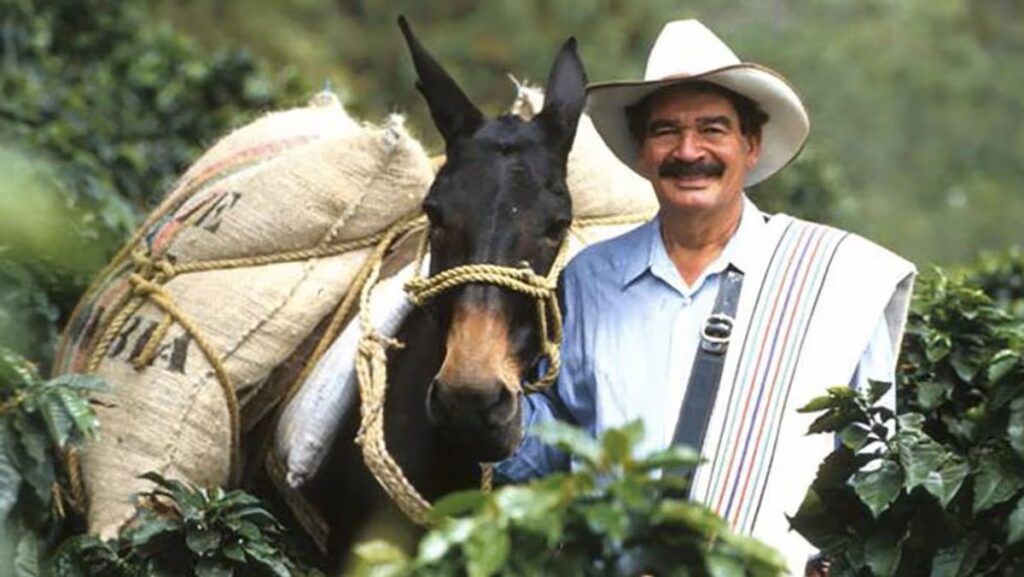
In 1959, Colombia introduced one of the most successful marketing campaigns in coffee history: Juan Valdez.
If you’ve ever seen an ad for Colombian coffee, you’ve probably come across Juan Valdez—a hardworking coffee farmer with his trusty mule, Conchita. The character was created by the National Federation of Coffee Growers to represent the dedication of Colombian coffee farmers.
This campaign changed everything. It gave a face to Colombian coffee, turning it into more than just a drink—it became a symbol of tradition, craftsmanship, and authenticity. Unlike other coffee-producing countries that relied on bulk production, Colombia positioned itself as a premium brand, ensuring that every bag of coffee was associated with quality.
Why Colombian Coffee Became Synonymous with Quality
Beyond great branding, Colombia actually delivered on its promise of high-quality coffee. Here’s how:
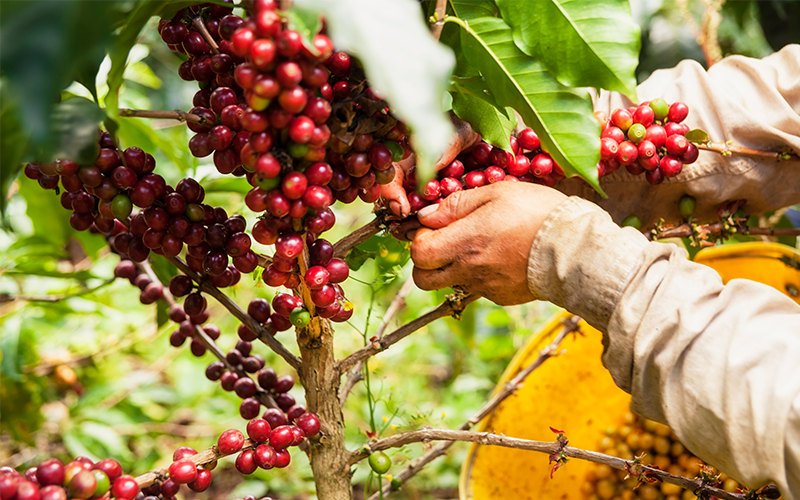

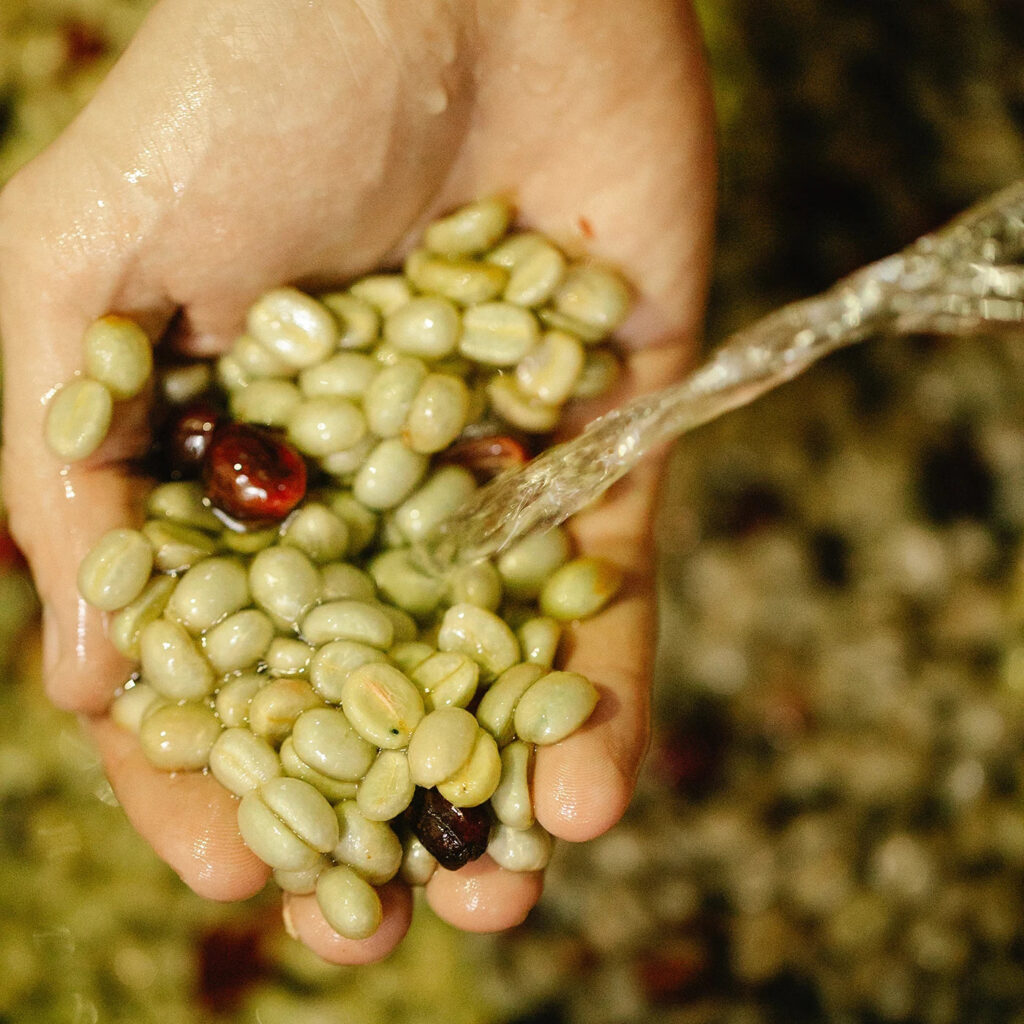
- Hand-Picked Beans: While other countries used machines, Colombian farmers picked coffee cherries by hand to ensure only the ripest ones were selected.
- 100% Arabica Coffee: Colombia focused on growing only Arabica beans, which are known for their smooth taste and bright acidity.
- Sustainable Practices: The country embraced shade-grown coffee and fair-trade practices long before they became industry standards.
All of this helped Colombia stand out in the international coffee trade. It wasn’t just about selling coffee—it was about selling an experience.
The Economic & Social Impact of Coffee in Colombia

Coffee isn’t just a drink in Colombia—it’s a way of life. For many, it’s their livelihood, their history, and their future. The coffee industry has shaped the country’s economy, provided jobs, and connected small farmers to global markets.
Coffee as Colombia’s Economic Backbone
For decades, coffee has been one of Colombia’s most important exports. The country is one of the largest coffee producers in the world, and the industry contributes billions to the economy every year.
What makes Colombia’s coffee industry unique is that it’s largely driven by small-scale farmers rather than massive plantations. Over 500,000 families rely on coffee farming for their income, many of them working on small plots of land passed down through generations.
These farmers don’t just produce coffee—they pour their hearts into it. Their dedication is why Colombian coffee is known for its consistency and high quality.
The Role of the National Federation of Coffee Growers
The National Federation of Coffee Growers has played a huge role in ensuring that coffee farmers get the support they need. From setting quality standards to helping farmers get fair prices for their beans, this organization has been instrumental in keeping Colombia’s coffee industry strong.
One of its biggest successes has been helping Colombian coffee farmers access international markets. By promoting fair trade and direct trade relationships, many farmers now earn better wages for their work.
Coffee Production in Colombia is More Than Just an Export—A Cultural Icon
Beyond the economic impact, coffee is deeply woven into Colombian culture. The Coffee Growing Axis, or Coffee Triangle, is a UNESCO World Heritage site, attracting visitors from around the world. Coffee farms now double as tourist destinations, offering farm tours, tastings, and barista workshops.
For Colombians, coffee isn’t just about business—it’s about identity, tradition, and pride.
Challenges and Adaptation: How Colombia’s Coffee Industry Overcame Crises
Colombia’s coffee industry may be world-famous today, but the journey hasn’t been without obstacles. Over the years, farmers and producers have had to adapt to shifting markets, economic downturns, and climate change.
Despite these challenges, Colombian coffee has not only survived—it has evolved.
The Coffee Price Crisis: A Wake-Up Call
In the 1980s and 1990s, coffee prices plummeted. The global market was flooded with low-cost coffee, and Colombian farmers, who had built their reputation on quality rather than quantity, were hit hard. Many struggled to make a living.
But instead of lowering their standards to compete with mass-produced coffee, Colombia took a different approach. The country leaned into specialty coffee, emphasizing unique flavour profiles and high-quality beans. Certifications like organic, fair trade, and direct trade became more common, helping farmers get better prices for their crops.

This shift allowed Colombia to maintain its status as a premium coffee-producing country, even in the face of economic instability.
Climate Change: A Growing Concern

Another major challenge has been climate change. Rising temperatures and unpredictable weather patterns have threatened traditional coffee-growing regions. Diseases like coffee rust, which thrives in warmer conditions, have become more common, putting entire farms at risk.
To combat these issues, Colombian coffee growers have taken several steps:
- Developing new, disease-resistant Arabica coffee varieties.
- Expanding farms to higher altitudes where the climate remains stable.
- Implementing advanced farming techniques, including AI-driven precision agriculture.
These innovations are helping Colombian coffee farmers stay ahead of the curve, ensuring that future generations can continue growing some of the best coffee in the world.
The Resilience of Colombian Coffee Growers
Through every crisis, one thing has remained constant—the dedication of Colombia’s coffee farmers. They have adapted, learned new methods, and embraced changes to protect their livelihoods.
Their resilience is a big reason why Colombian coffee continues to hold its place in the international coffee trade. No matter the challenge, Colombia has found a way to keep producing great coffee.
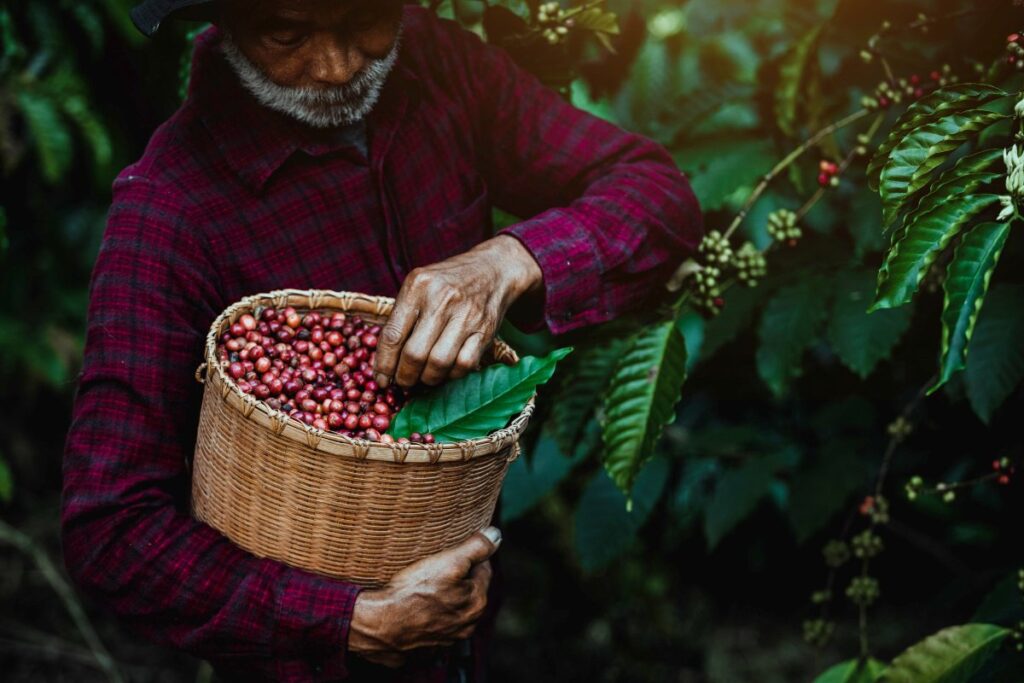
The Future of Coffee in Colombia—What’s Next?
Colombia’s coffee industry has been through it all, economic crises, climate change, and shifting global markets. But instead of falling behind, it continues to innovate and adapt.
So, what does the future of Colombian coffee look like? It’s all about specialty coffee, sustainability, and tourism.
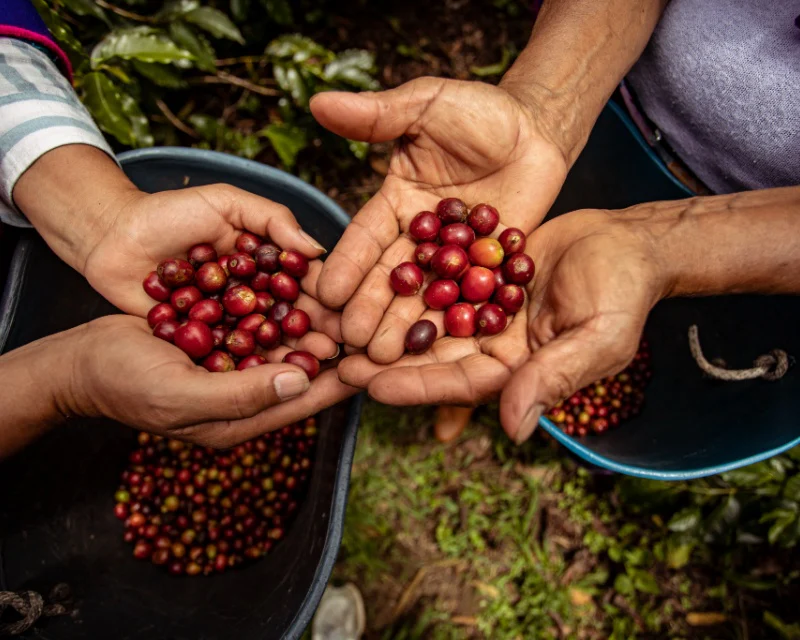
The Rise of Specialty Coffee
Today’s coffee drinkers care about more than just caffeine. They want to know where their coffee comes from, how it’s grown, and who’s behind it. This shift has led to a huge demand for specialty coffee—high-quality, ethically sourced beans with unique flavour profiles.
Colombia is leaning into this trend by producing more micro-lot coffees, experimenting with fermentation techniques, and improving traceability. Farmers are working directly with roasters to ensure that their coffee reaches consumers who appreciate its craftsmanship.
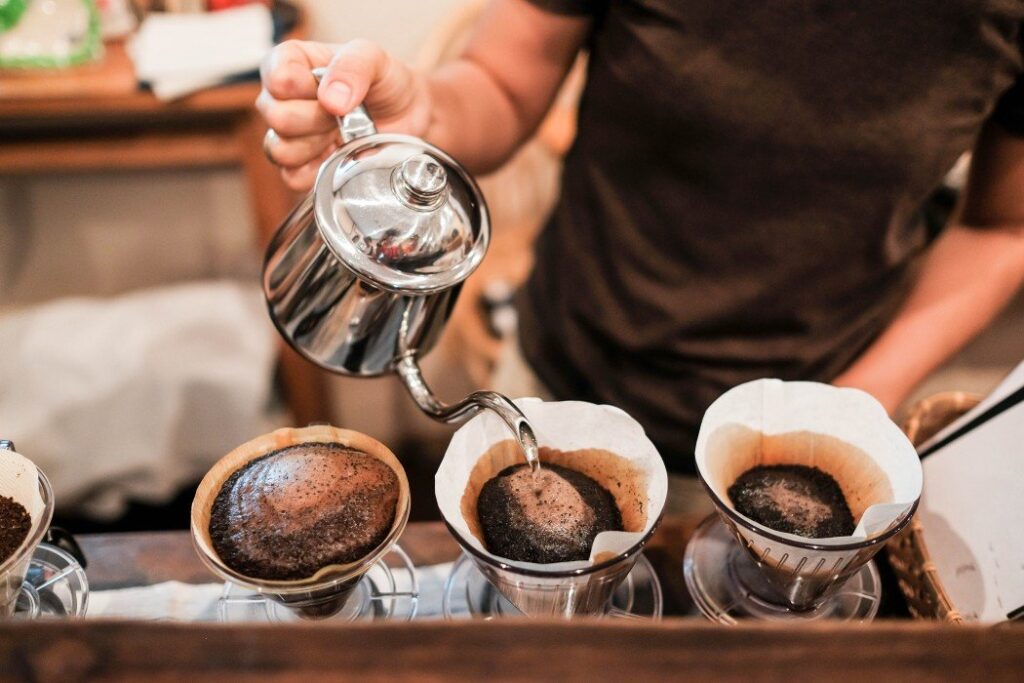
Sustainability and Climate Resilience
With climate change continuing to affect coffee farms, sustainability is no longer just an option—it’s a necessity. Farmers are planting shade trees to protect crops from extreme temperatures, using eco-friendly processing methods to reduce water waste, and investing in regenerative agriculture to maintain soil health.
Colombia is also at the forefront of developing climate-resistant coffee plants. Research institutions are working on new Arabica varieties that can withstand higher temperatures and diseases while maintaining the flavour Colombian coffee is known for.
Coffee Tourism: A Growing Industry
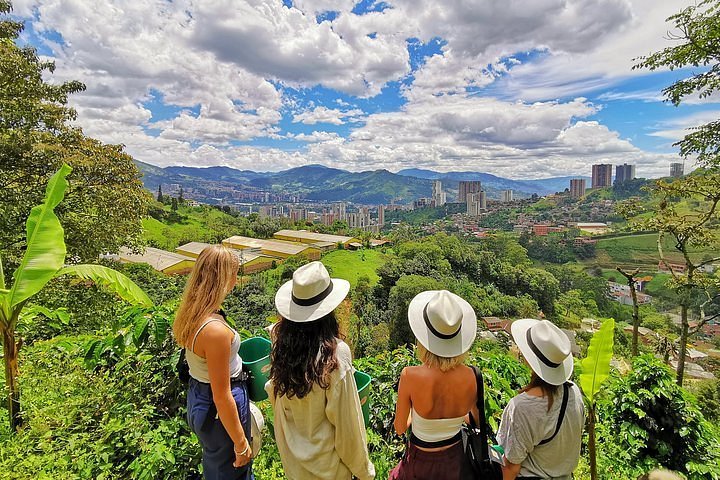
More people are visiting Colombia to experience its coffee culture firsthand. The Coffee Triangle has become a must-visit destination for coffee lovers, with farm tours, tastings, and workshops drawing visitors from around the world.
For many farmers, coffee tourism is an additional source of income, allowing them to share their knowledge while creating a deeper connection between consumers and the coffee they drink.
A Future Built on Tradition and Innovation
Colombian coffee is evolving, but one thing remains unchanged—its commitment to quality. By embracing specialty coffee, sustainability, and tourism, Colombia is ensuring that its coffee legacy will continue for generations to come.
The next time you enjoy a cup of Colombian coffee, remember that it’s more than just a drink. It’s a product of history, hard work, and a country that refuses to settle for anything less than excellence.
Conclusion
Colombia became one of the world’s leading coffee producers thanks to its ideal growing conditions, hardworking farmers, and commitment to quality.
From its deep-rooted history to smart branding with Juan Valdez, Colombia built a coffee identity few can match. Faced with challenges like market fluctuations and climate change, Colombian coffee growers adapted, keeping the industry strong.
Today, specialty coffee, sustainable farming, and coffee tourism are creating new opportunities. More than just a drink, Colombian coffee is an experience, crafted with passion, resilience, and tradition. Its place in the coffee world isn’t just secure—it’s thriving.
☕ Want to experience Colombian coffee for yourself? Look for single-origin beans from Colombia’s top coffee-growing regions and taste the difference.

